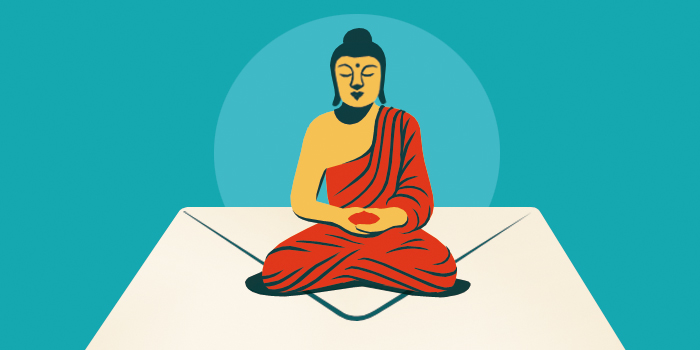What are secular dharma’s ethics?
Since secular dharma does not take the Buddha’s word as absolute, practitioners are responsible for deciding which ethical prescriptions should guide their lives. Secular Buddhists have come up with a few different ways of approaching this challenge.
Traditional Buddhist schools tend to follow strict rules such as the Vinaya code of conduct for monastics and the five precepts for laypeople. While most secular Buddhists understand why such rules are needed, they reject strict interpretations and prefer to apply ethical principles to each individual situation, which is unique, unprecedented, and unrepeatable. One might approach a moral dilemma by asking What is the loving thing to do? or What is the compassionate response to this situation?
One common approach to secular Buddhist ethics is based on empathy as the foundation of care—an expression of the golden rule, “Treat others as you would like others to treat you.”
Care—in the sense of caring for ourselves and others, as well as caring about what is happening here and now—is a key aspect of ethics that must be cultivated and developed.
The last words the Buddha spoke, according to the Pali canon, were: “All conditioned phenomena are impermanent, strive on diligently,” or “stride on with care.” The original Pali word for care here is appamada. Appamada encompasses a practice of not just mindfulness but also nonreactivity, or freedom from craving, aversion, and delusion.
Siddhartha Gautama (Pali: Siddhatta Gotama) described care as the one virtue that encompasses others, using the metaphor of the elephant’s footprint that is so large it is able to hold all other animals’ footprints within it. More than just being watchful, or alert, care has a clear ethical quality to it, an energetic cherishing of what we regard to be good.
When we practice taking care, we are continually aware of when the mind goes into autopilot, and our lives become ever more present, attentive, alive, and mindful.

Tricycle is more than a magazine
Gain access to the best in sprititual film, our growing collection of e-books, and monthly talks, plus our 25-year archive
Subscribe now